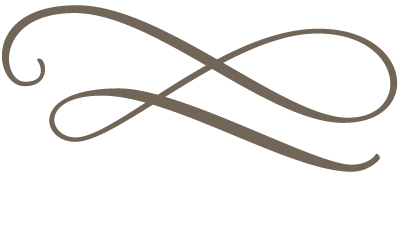Tui Na
Passionately serving Pierce and King Counties: Covington, Maple Valley, Kent, Tacoma, Puyallup, and the beautiful Western Washington


Other than improving blood flow and speeding up healing process, Tui Na also helps to break down scar tissues, relax muscles and tendons, and activate lymphatic system. It is commonly used to treat many disorders such as stiff neck, frozen shoulder, sore back, sciatica, diarrhea, constipation, low energy, headache, etc.
Acupressure is a part of Tui Na, which involves the use of the fingers to press specific acupoints on the surface of the skin to stimulate the body's natural ability to heal itself. Pressing on these points relieves muscle tension, which promotes the circulation of blood and lymph to aid in the healing process. Because it is gentle, safe, and effective, acupressure is commonly used to treat children in cases of digestive problems, cough, common cold, etc.
Let's Talk About Your Comfort 253.486.3839



